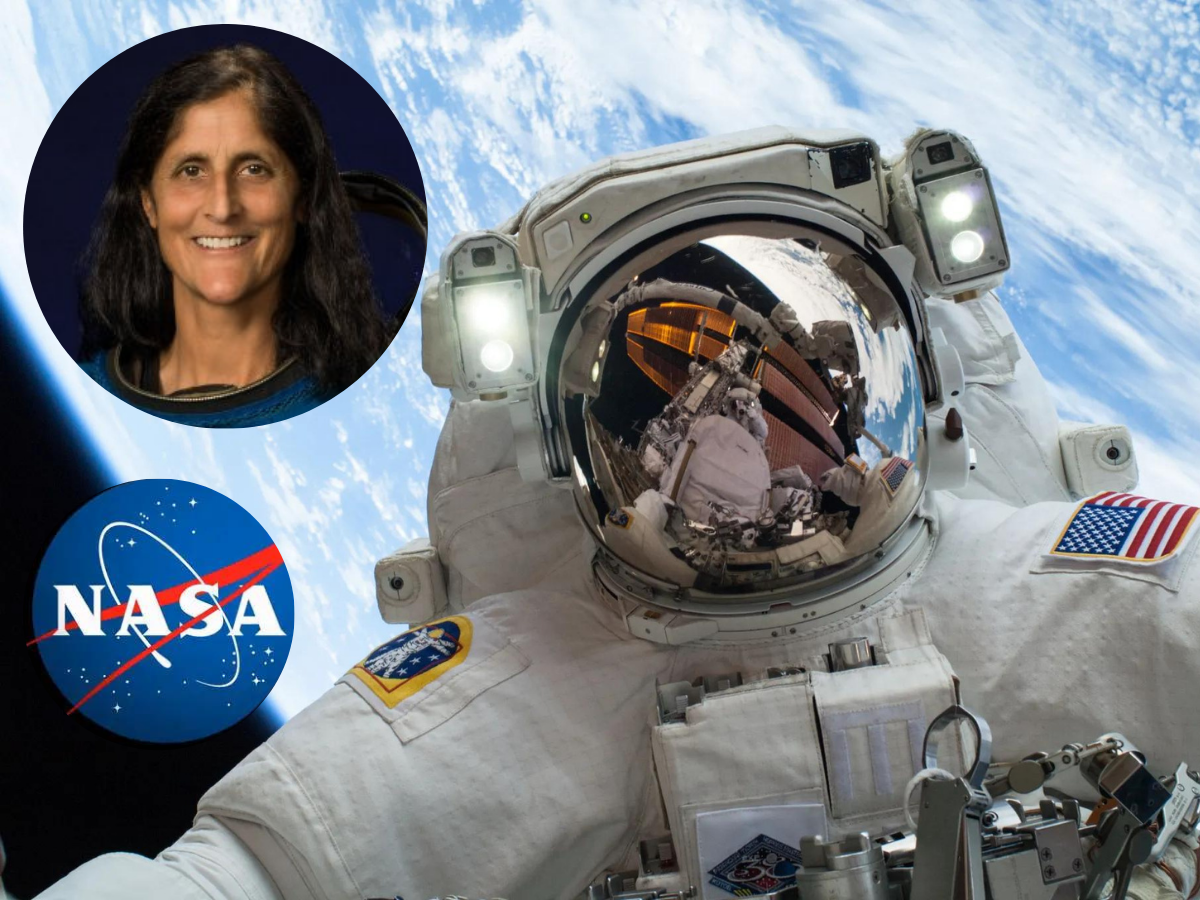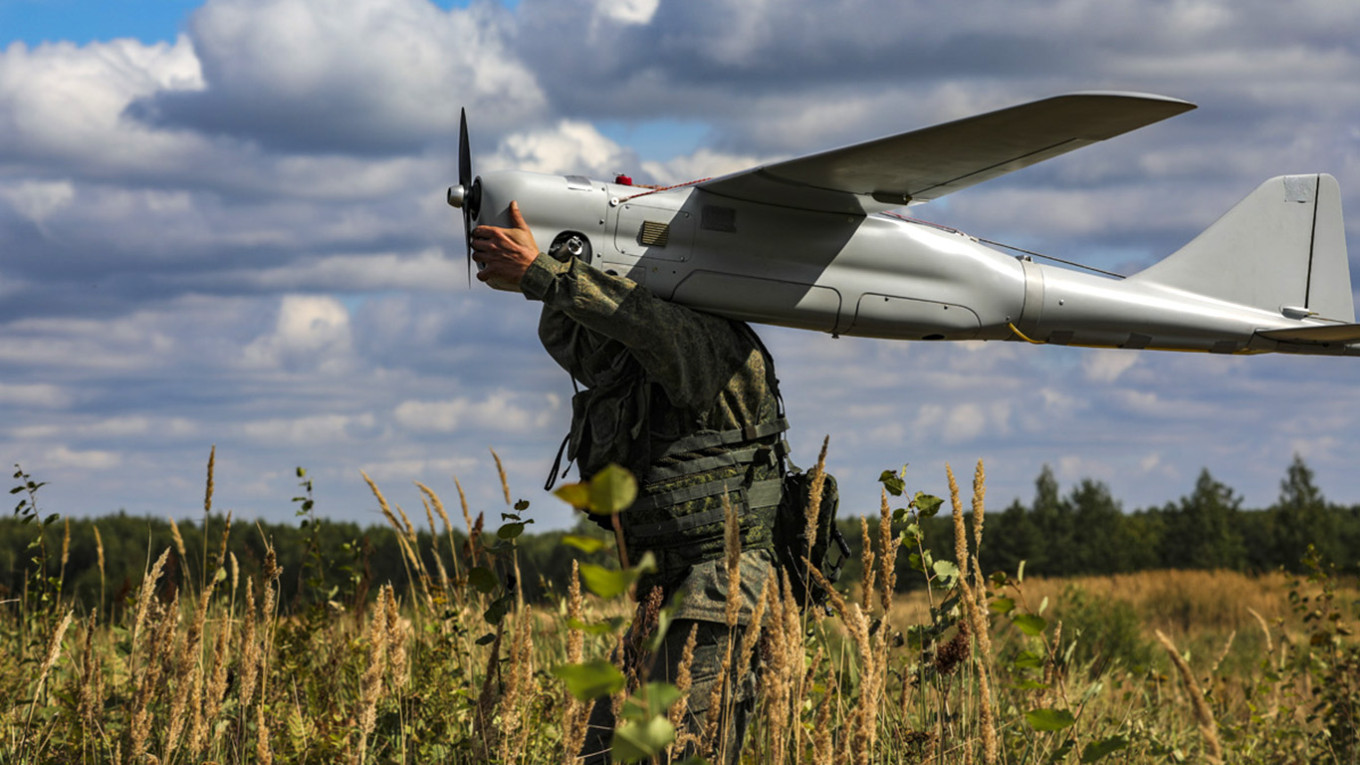NASA's Crucial Decision on Sunita Williams Spacecraft
NASA's astronauts Sunita Williams and Barry Wilmore await their safe return as part of Boeing’s first crewed Starliner mission.

After nearly 80 days on the International Space Station, NASA’s astronauts Sunita Williams and Barry “Butch” Wilmore await their safe return to Earth as part of Boeing’s first crewed Starliner mission. Therefore, today is a critical day in the history of the U.S. space program, which was effectively put on hold following the forced extension of the astronauts’ stay in space. The long extension of their mission was prompted by multiple malfunctions hindering the Starliner’s safe return, including helium leaks and thruster failures. Today, NASA is expected to lay out their decisions regarding the ISS crew’s return to Earth.
The Starliner mission bore extra significance to Boeing, one of the agency’s principal contractors and a major investment destination, and their unexpected malfunctioning left many questions unanswered. Transit propulsion and helium distribution incidents started shortly after the craft’s establishing connection with the ISS but proved to be catastrophic to the Starliner’s safe return. With NASA’s and Boeing’s reviews of the propulsion and helium systems, the accumulated data could shed light on further spacecraft dissonance and malfunctioning.
According to the prepared scenario, the decision is expected to be reached by NASA’s Bill Nelson, Administrator, and other top U.S. specialists. The final decision will be announced today, in Johnson Space Center in Houston at 1 pm EDT, as part of an additional guided tour. It will be based on the internal Agency Test Flight Readiness Review and will have an in-depth Certified Flight Rationale to inform the decision, having in mind the Starliner’s undocking and return. That said, the potential contingency-plan variant involves entailing a full-fledged partnership with SpaceX if the Starliner’s return is deemed unsafe.
With that said, it is essential to note that regardless of the fate of the two astronauts, the incident will have far-reaching effects on the future of space exploration. The whole event has conclusively proven that human spaceflight is difficult and dangerous, even as private companies dive head-first into the practice. The fact that the astronauts have had to stay in the ISS for so long also serves as evidence for the necessity of safety measures and backup options in all manned missions.
The global space community, as well as the number of enthusiasts, will closely follow the landing, voicing sympathy for the astronauts who had to stay significantly longer than initially planned. The aftermath of the situation may spur additional safety measures and checks to ensure that such long-term missions do not become standard due to technical failures. This incident will also serve important lessons for both Boeing and SpaceX, influencing the safety standards and mission design choices for the private space companies.
The announcement of NASA’s decision on May 12 is not just a matter of bringing two astronauts back home – it will also shape the future of commercial spaceflight reliability and trust. Regardless of the possible outcome of the situation, NASA must consider the long-term effects of the presented choice on future international missions and cooperation with private enterprises. Overall, the implications for space exploration safety and reliability will be felt long after the decision is made.





